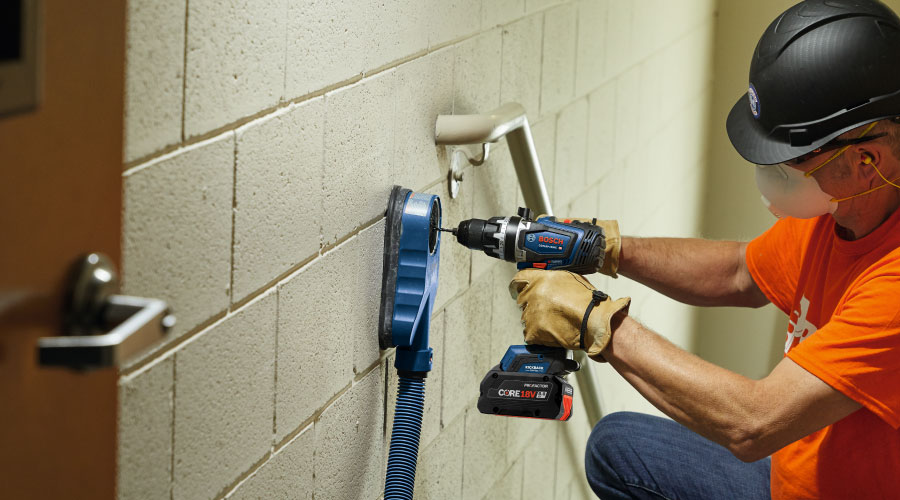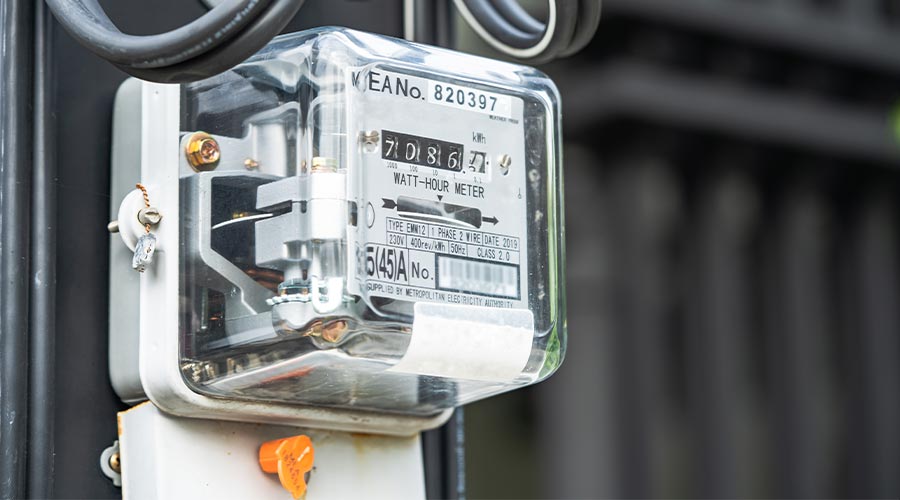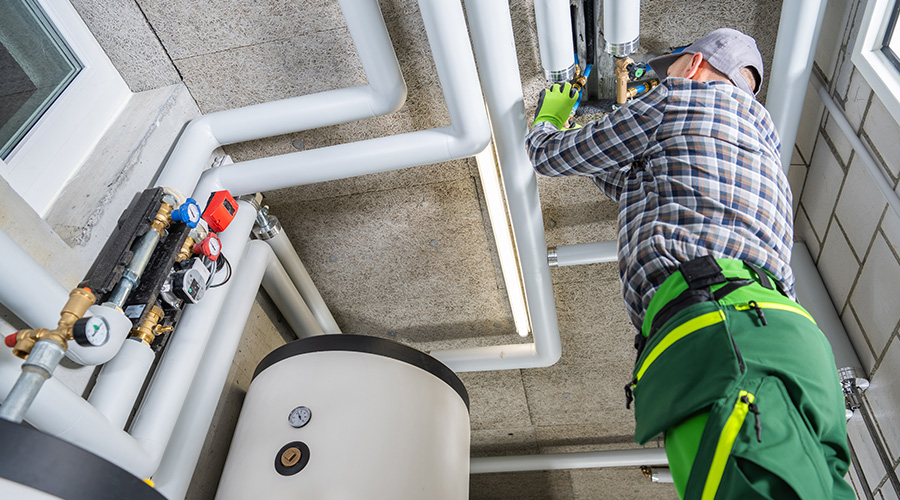Preventive Maintenance Is Critical To Dependable Standby Generators
Standby generators should be regularly serviced by, and under a 24/7 service agreement with, a qualified local service organization. Preventive maintenance (PM) service must be performed on schedule. Even OEM and qualified service organizations can become lax about PMs; it's up to the owner to ensure that these contractual requirements are performed or to hold the service organization accountable.
PMs are generally focused on engine mechanic details including fuel and oil pumps and filters, fuel/ water separators, air filters, coolant, hoses, and belts. Don't forget the required PMs for ATS and generator switchgear. However, particular attention should be given to battery condition and fuel quality, as these are notorious causes of failure to start and failure to run issues. You cannot run to failure with batteries and fuel. Engine-cranking batteries need attention beyond regular starts. Individual battery condition and connections must be checked during the PM. Batteries should be pro-actively replaced before end-of-life, further adjusted based on local climate and usage. Fuel quality must be inspected and tested during PMs and regardless of inspection and test results, and even when much of the fuel is used, fuel must be "polished" (cleaned of water, bacterial growth, contamination) annually.
Owner-operators should weigh in on optional set points associated with engine controls, typically located in the ATS or switchgear. These include engine start-time delay when sensing a power bump, how long to remain on generator after utility power returns, and engine cool down after unloading.
Engine start-time delay settings range from 0.5 seconds to 30 seconds. The only reason most facility managers would want the start signal sent to the generator in less than 3 seconds would be if it is supporting a UPS that is using something other than conventional batteries for short-term backup (typically 5 to 15 minutes), such as flywheels (typically only 7 to 20 seconds). One concern, as most people are well aware, is that the majority of utility power bumps last less than 3 seconds. Therefore you can have quite a few unnecessary engine starts with start programming set for less than 3 seconds.
Most operators set the generator start time delay in the 3 to 5 second range. If utility power is down for more than several seconds, it will probably be down for several minutes or hours, so you might as well start your engines. If the facility is dependent on lower cost UPS batteries (such as those supporting the vast majority of data centers), the start time should be at about 3 seconds. It's best not to challenge UPS batteries any longer than necessary and risk the chance of a UPS failure. However, starting the generator for every light flicker takes its toll on equipment, with impacts on reliability, maintenance, and environmental emissions.
For emergency backup systems, safety codes typically require 10 seconds maximum for life-safety loads. Other loads can wait until additional engines are online.
Performance testing of the entire system at design load should be performed annually or at least triennially. If a permanent load bank is not connected or of sufficient capacity, then a mobile load bank must be brought in and connected to allow for sufficient load through the ATS and generator switchgear to allow for effective infrared thermal scanning. The engine should be operated at or near full load for several hours to accomplish a full heating and cool down cycle. The ATS should be operated in all manual and automatic modes and in all bypass isolation modes. Ideally, after all service and testing is performed and full confidence in the backup power system has been achieved, an actual power failure "pull-the-plug" test should be performed, observing not only proper generator and transfer switchgear operation but also proper notification of conditions and performance of related equipment such as HVAC and UPS systems.
Michael Fluegeman is principal and manager of data center support systems for PlanNet, an independent professional services firm that provides advisory, design, project management, and construction services supporting critical IT infrastructure. He can be reached at mfluegeman@plannet.com.
Related Topics:














